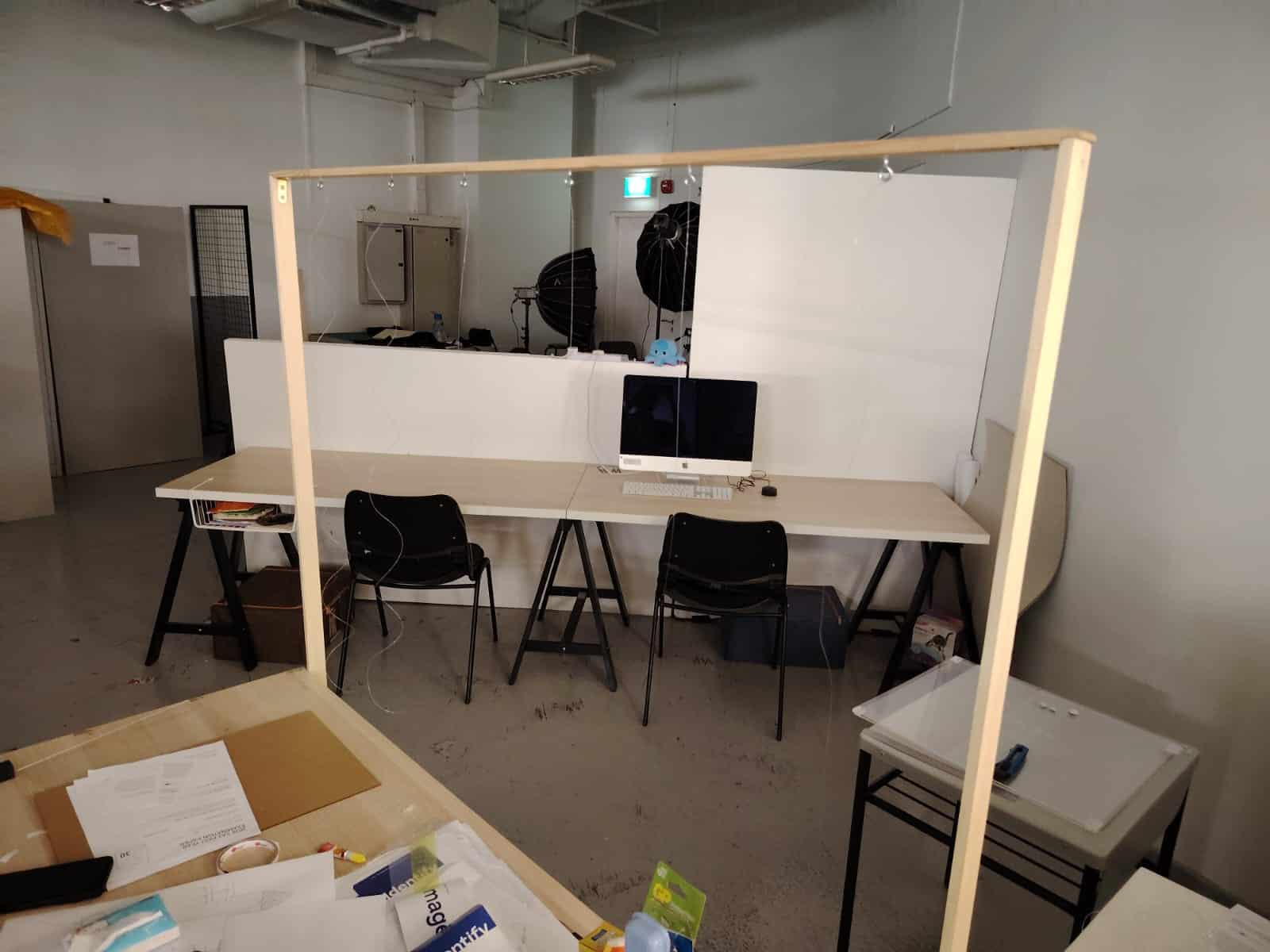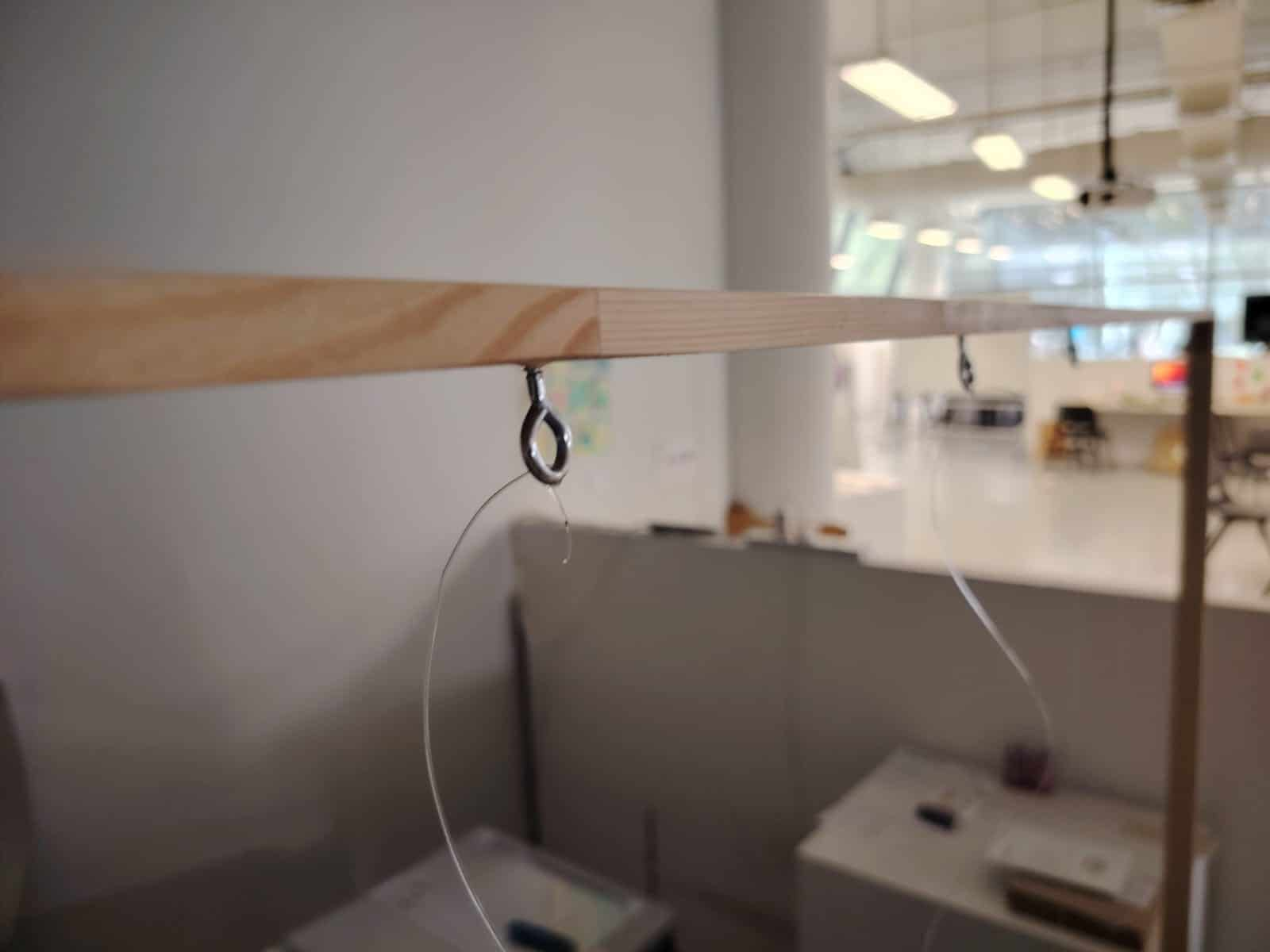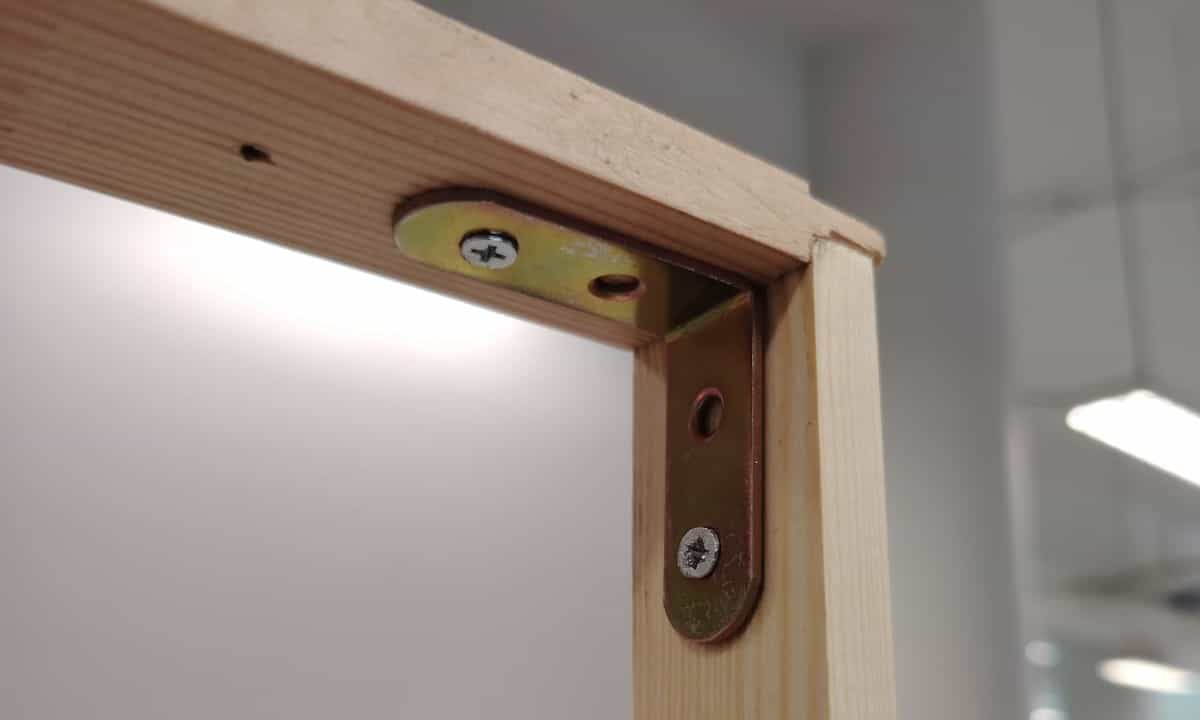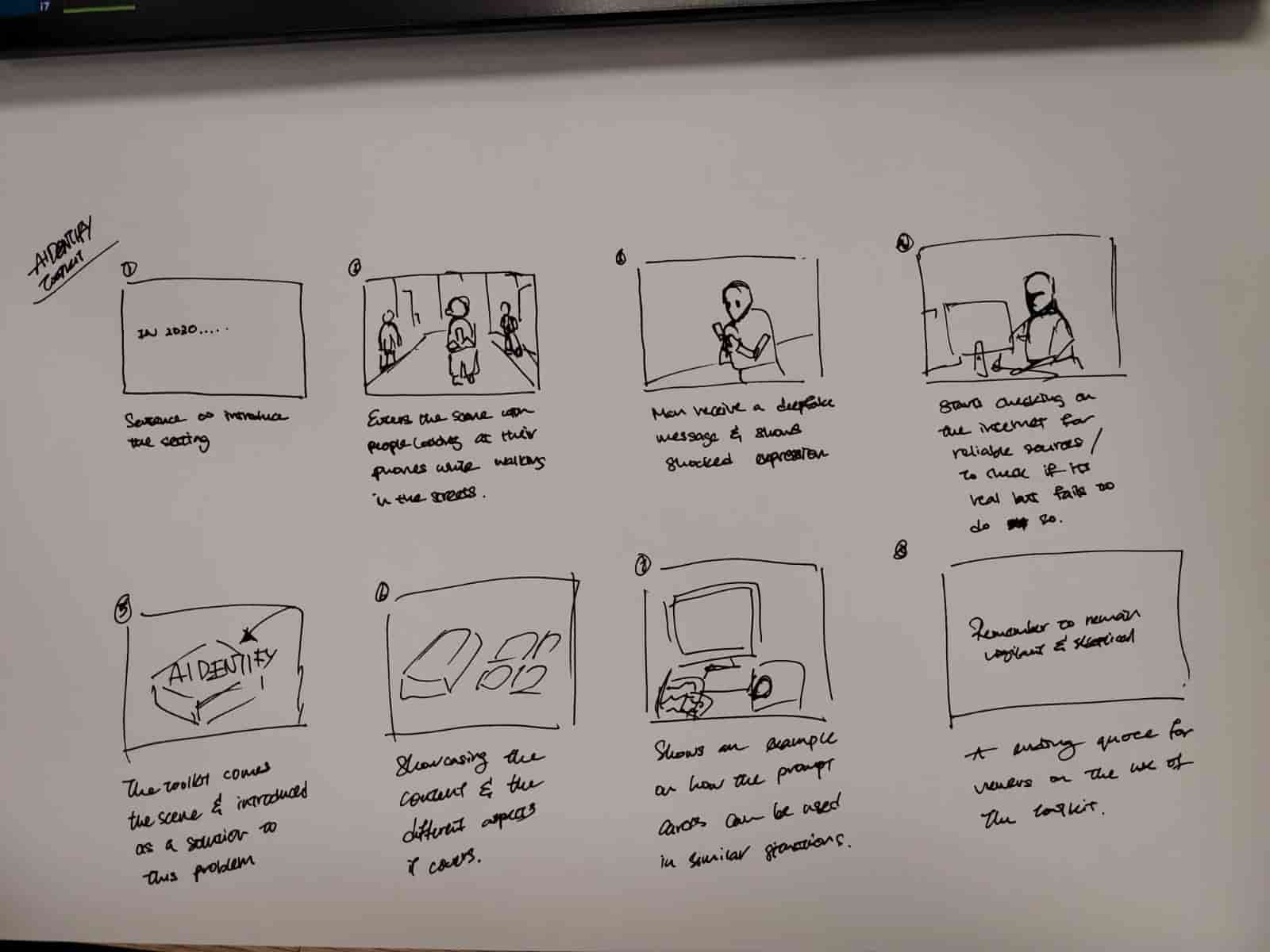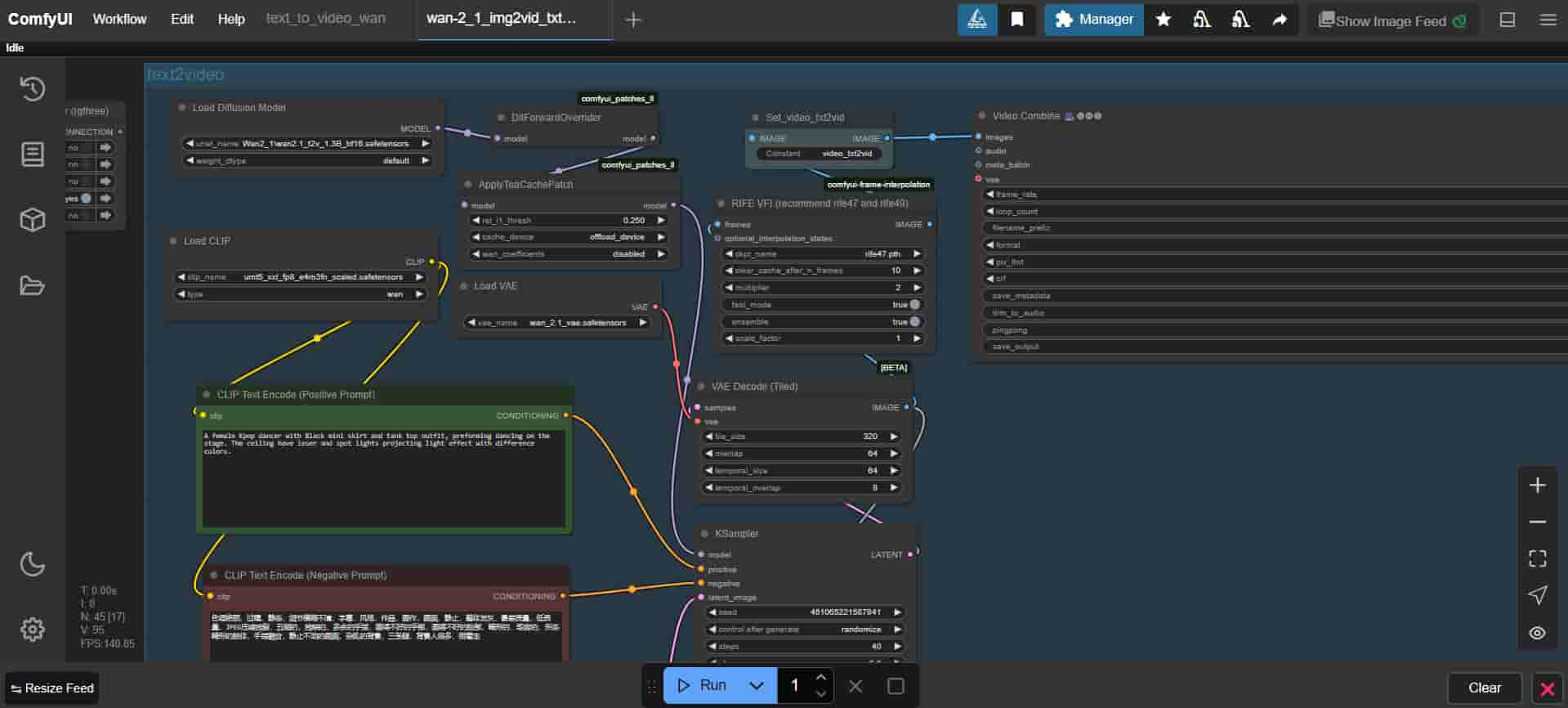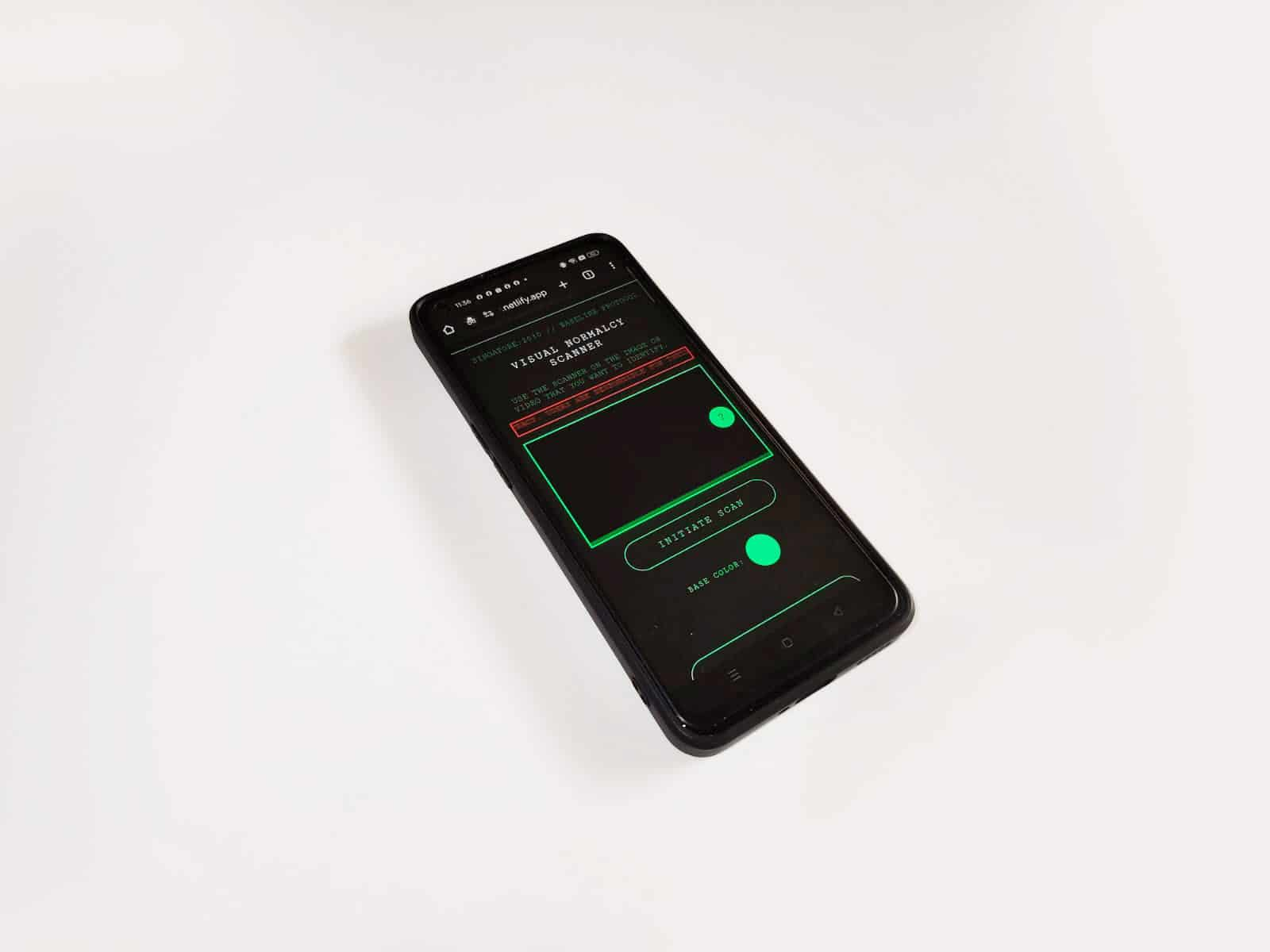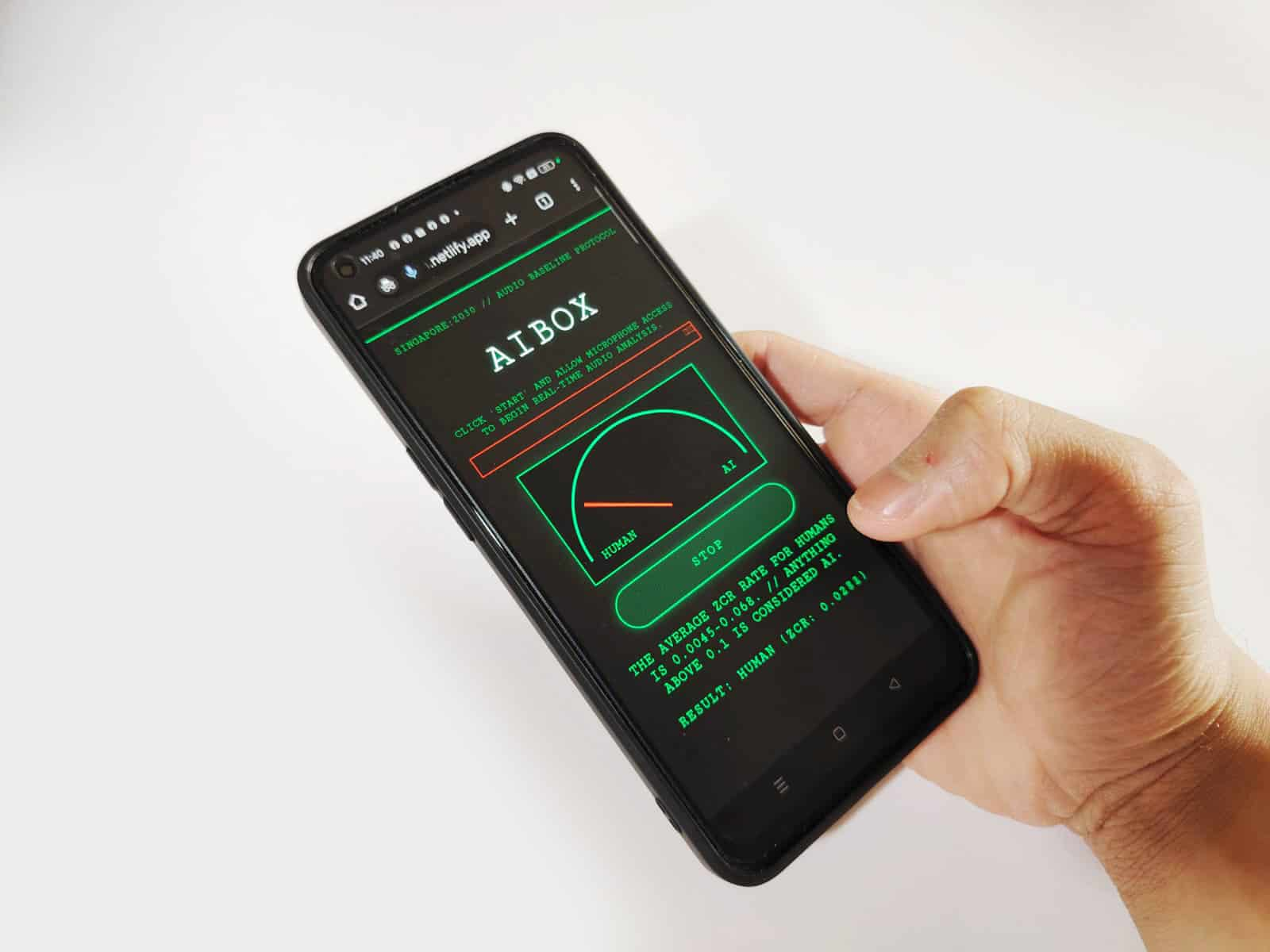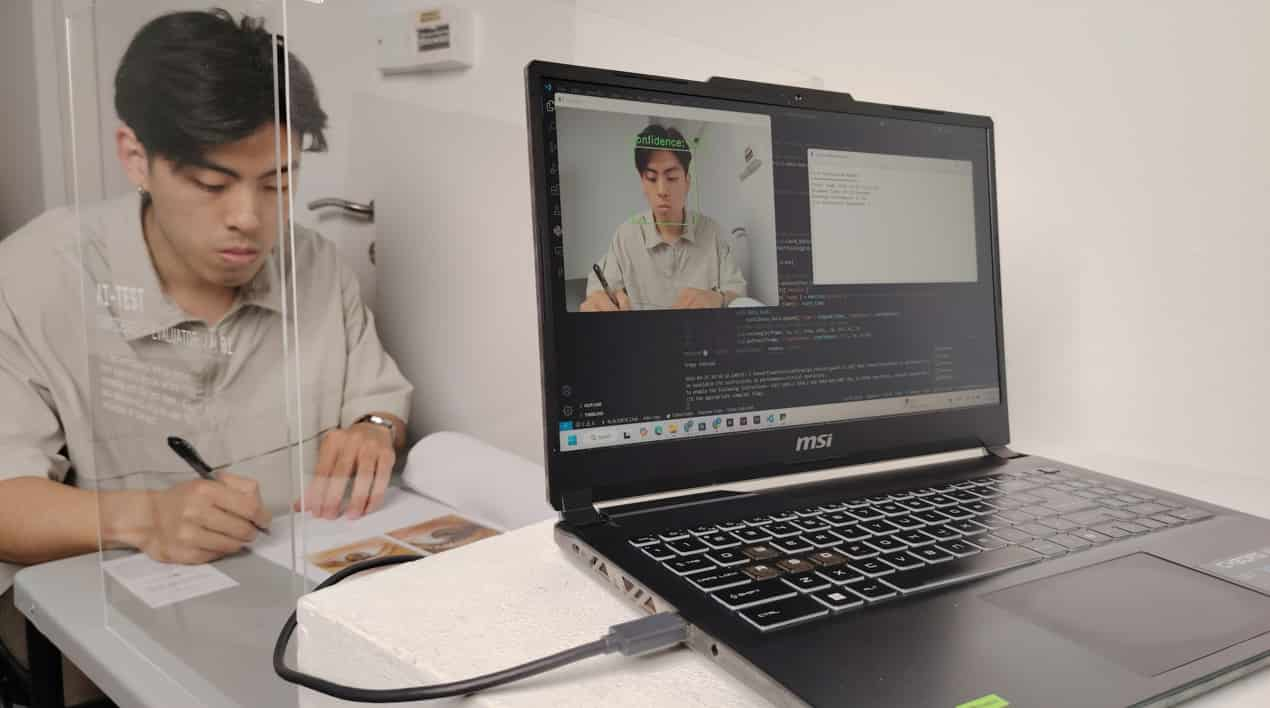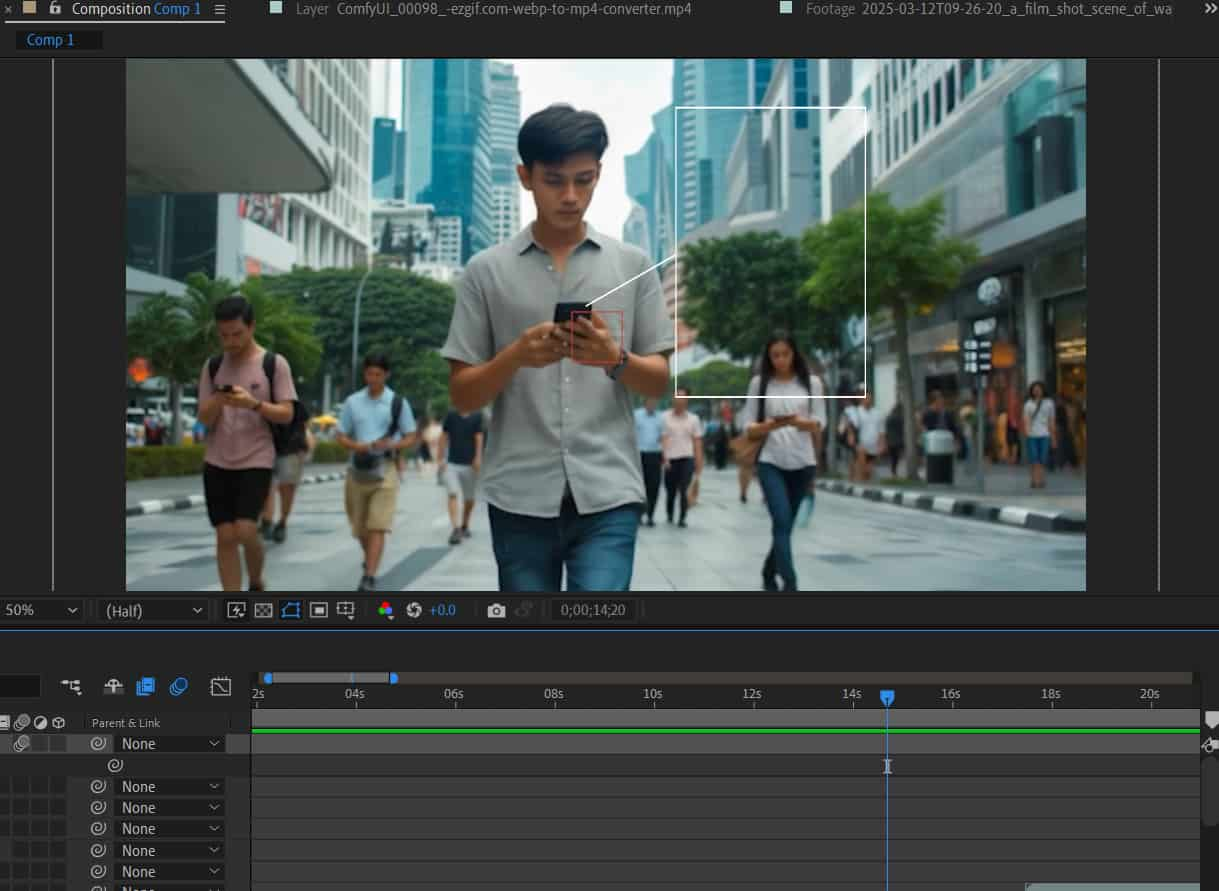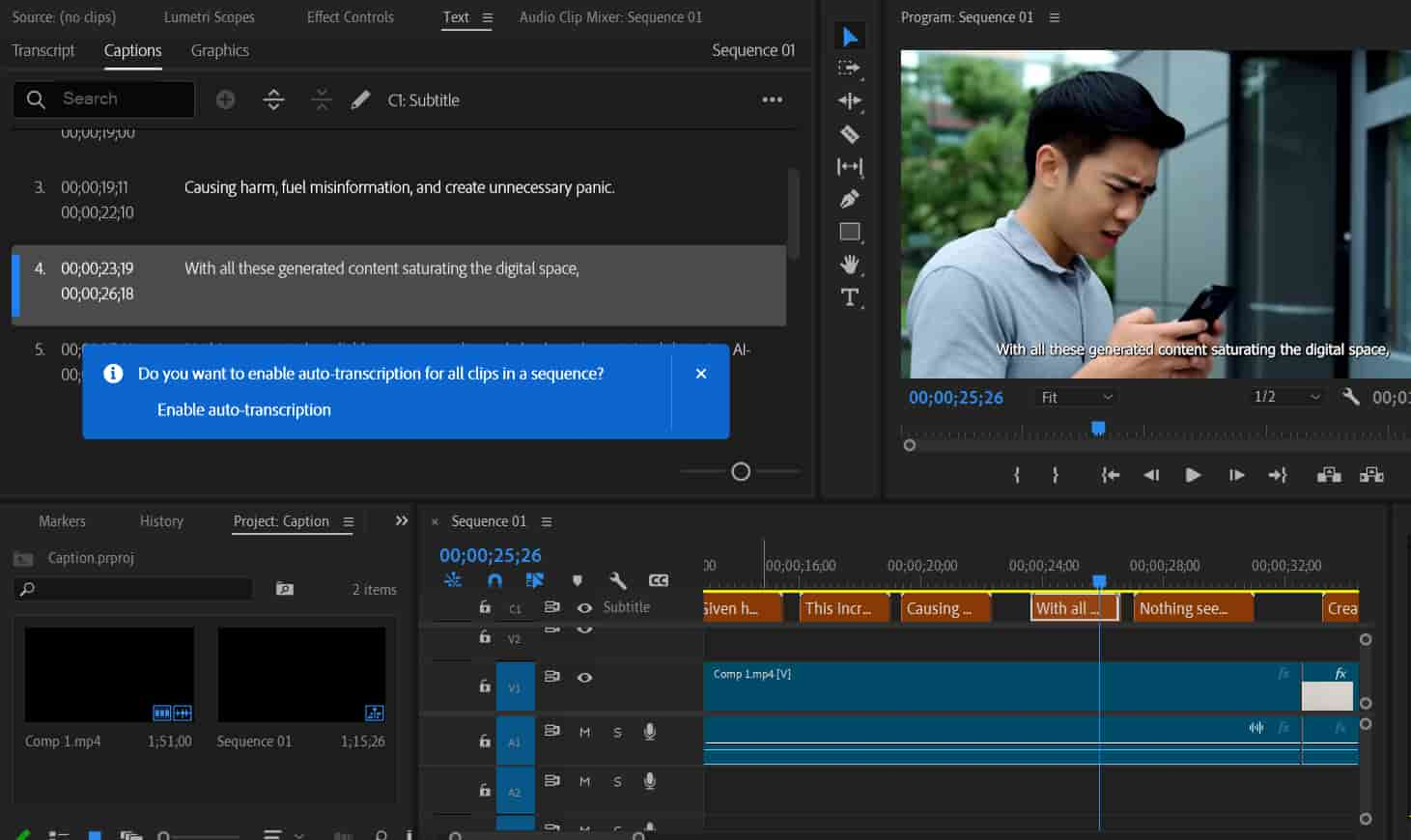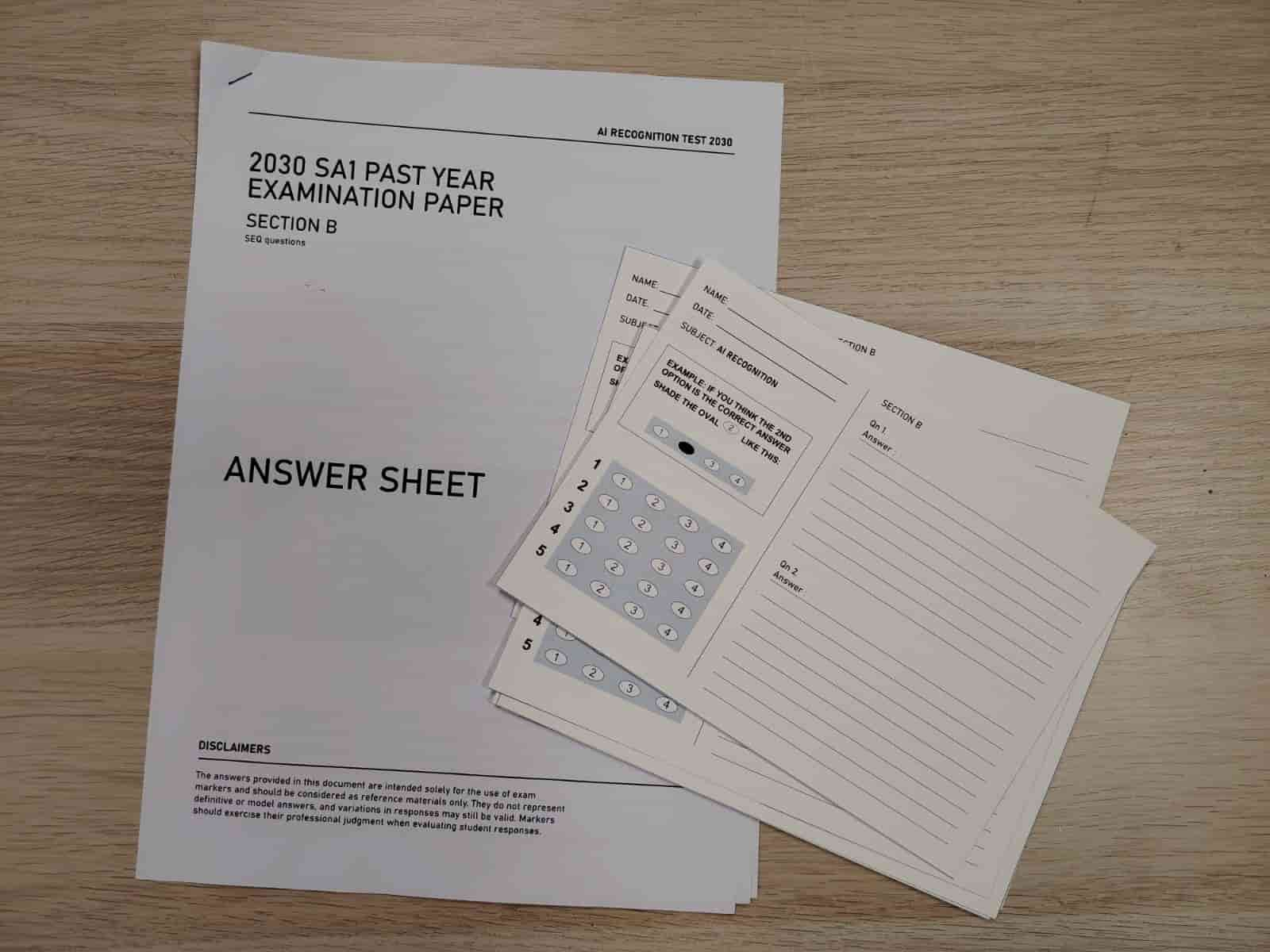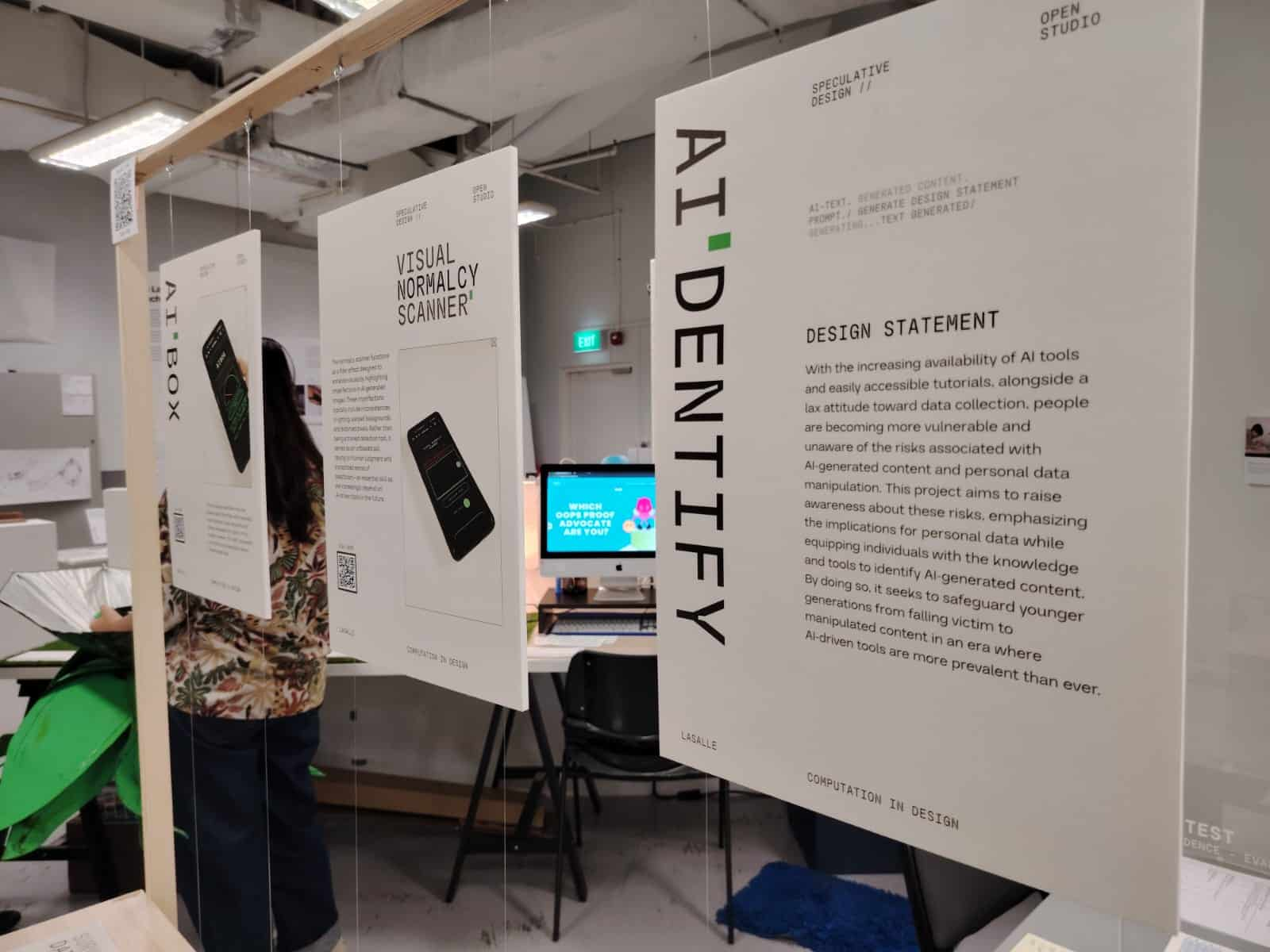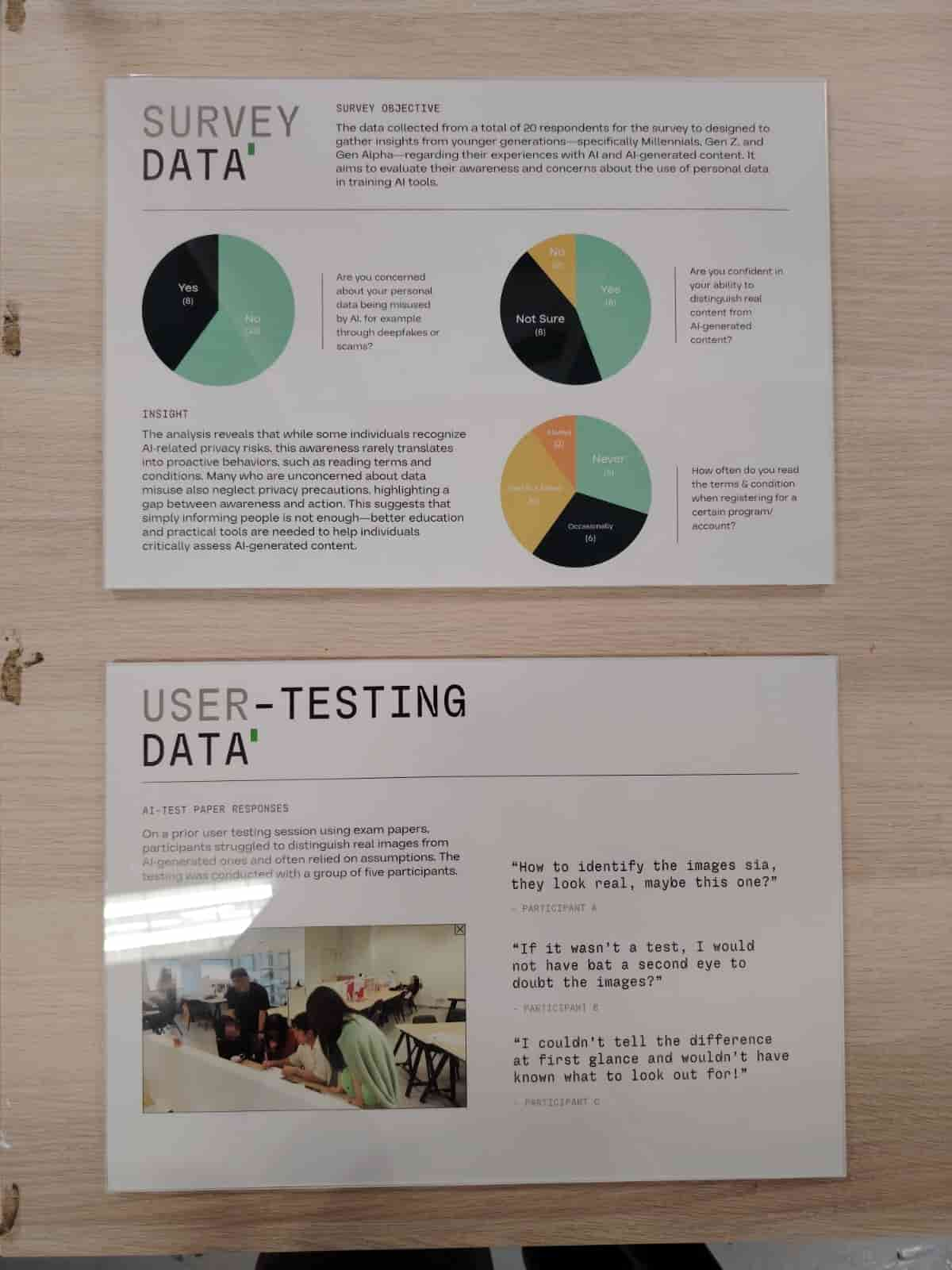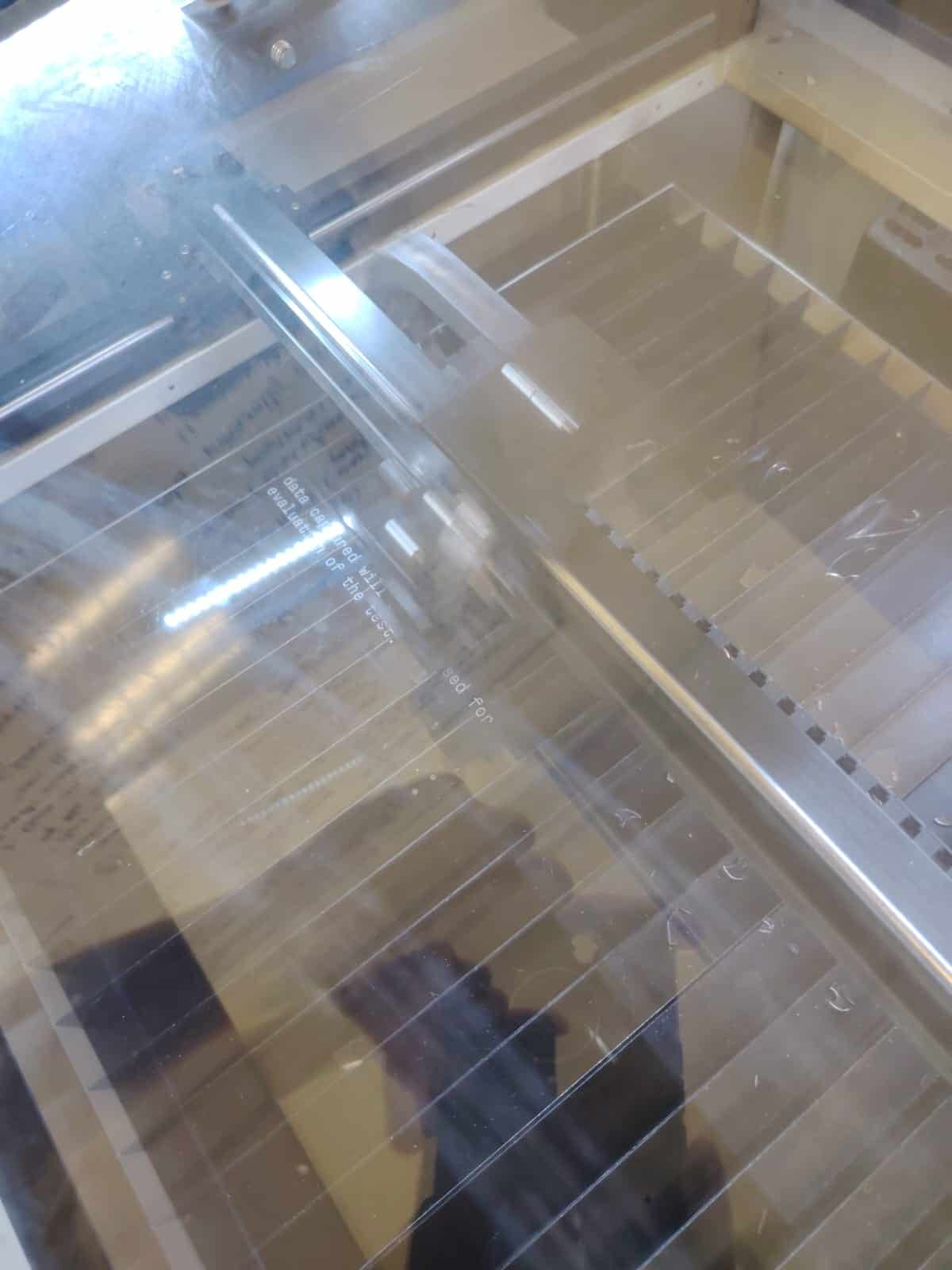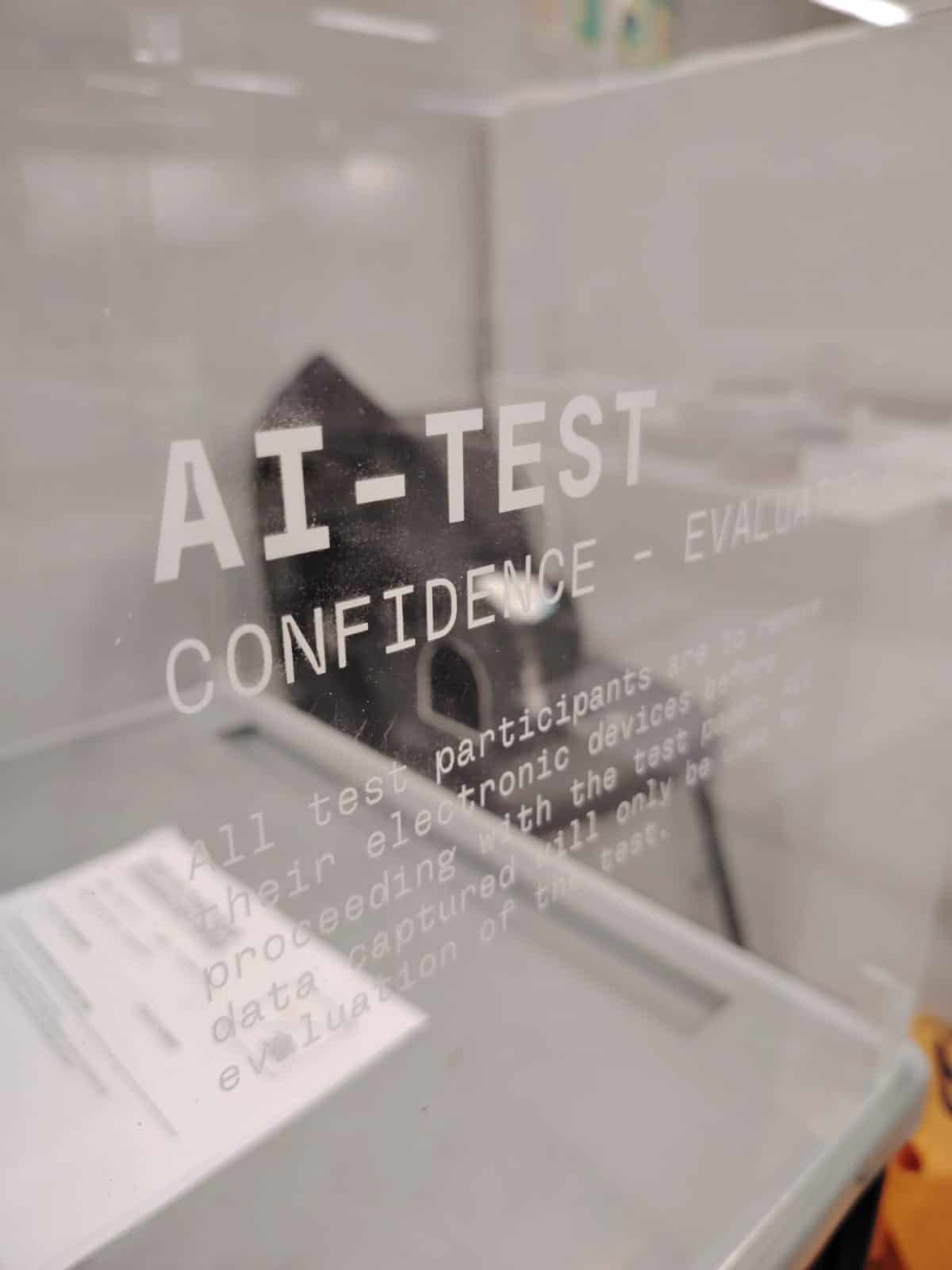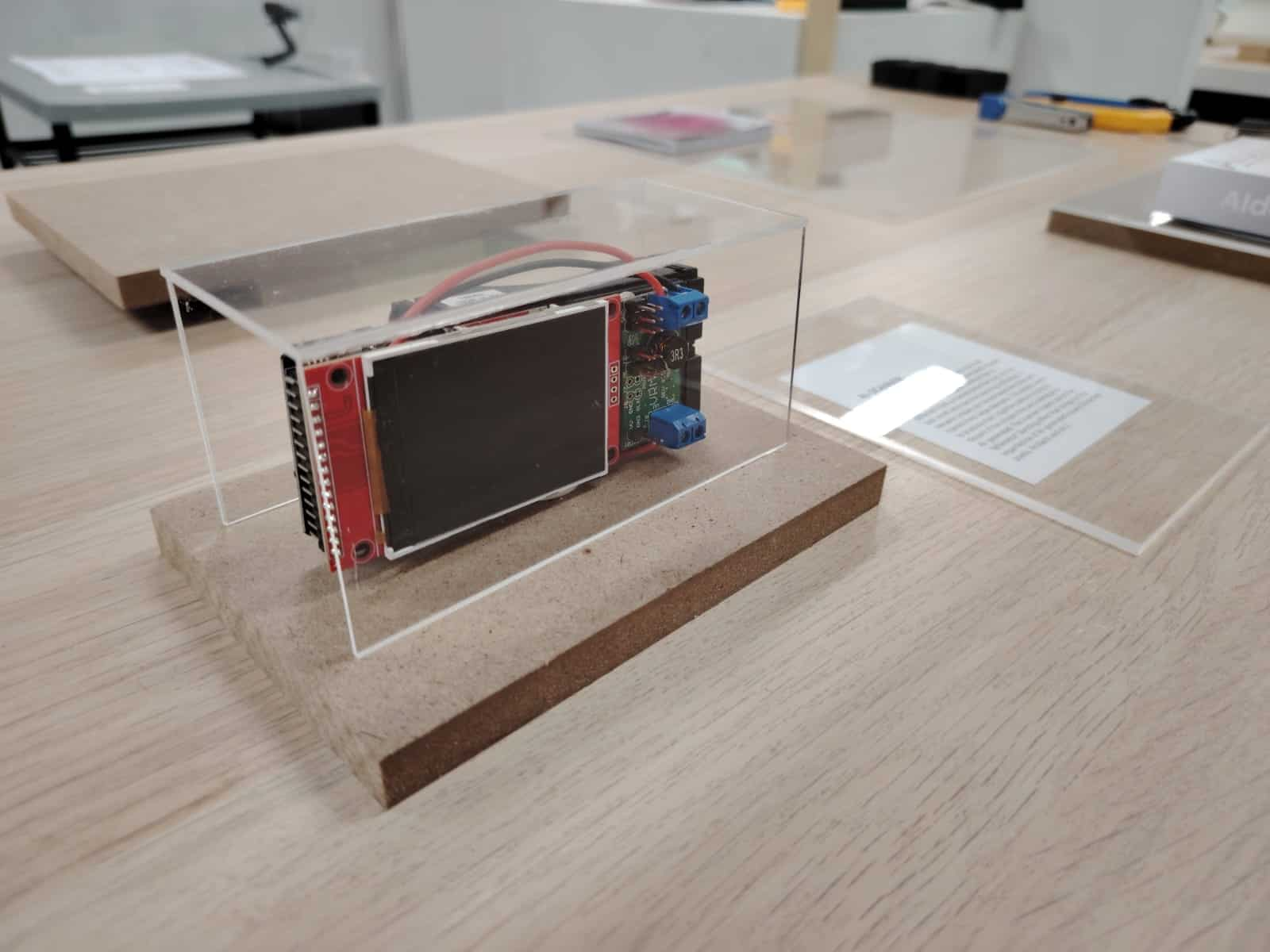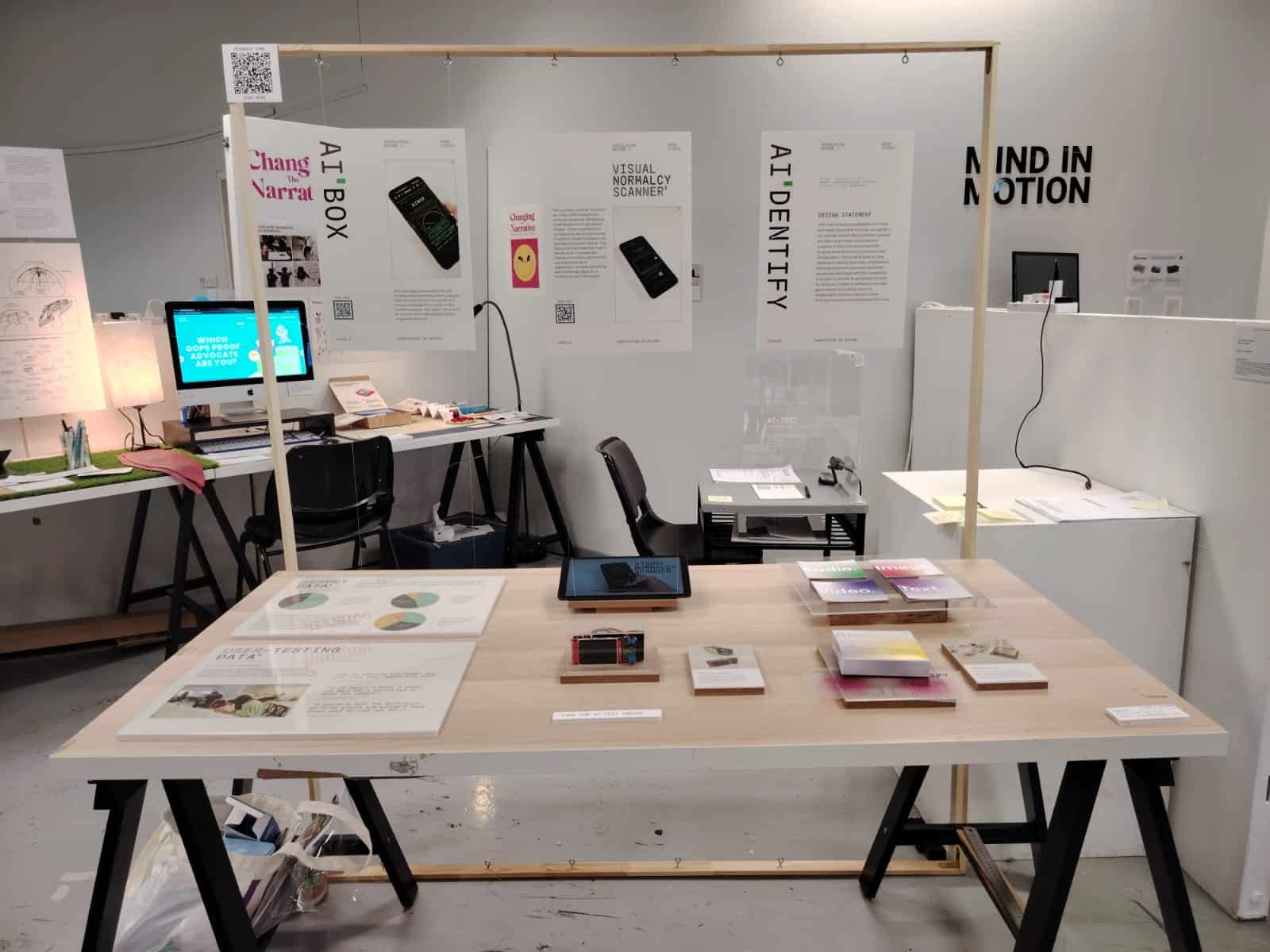CHANGE OF PLANS
Due to some safety concern with the hanging over the vents, I was told to remove the current set-up and look for alternative ways to display the work. However, it was not unexpected when I was doing the set-up, hence without much hesitation, I decided to proceed with constructing my own hanging system.
To make the hanging system functional, I first needed to build a frame to support the fishing lines. I purchased additional wooden frames from Artfriend and constructed the structure, securing it with L-shaped joints. To attach the fishing lines, I installed screw eye pins, which allowed the lines to be tied securely and adjusted easily. This setup also helps prevent overtension on the vents, ensuring stability and flexibility.
VIDEO RECORDING & PRODUCTION
For the production of the video, I decided to use the Wan2.1, a AI-video generator to create some footages. Using ComfyUI, I integrated the workflow for Wan2.1 and prompted several scenes for the video output.
The following is the initial storyboard I developed, which I then used with Wan2.1 to generate several of the scenes. This approach created an interesting and ironic relationship between the artifact—designed to address the challenges of AI-generated content—and the use of AI itself to narrate and visualize the story and product showcase.
While capturing footage for the video, I also took the opportunity to photograph the applications I had developed so far. Both the video and photos were shot using the school's lighting setup, which was available for use.
VIDEO EDITING & CAPTIONS
For video editing, I was using Aftereffects for both the compositing and the post-production for the video. Subsequently, for the captions I used PremierePro as it's more efficient with the function included in the software. Likewise for the subsequent videos, I will be using the same method as I have multiple videos that includes the different artifacts.
WEB-BASED VIDEO PLAYER
For the video to be played on a loop, while giving the visitors a choice to select what they want to watch, I decided to create a website for the video player that is tablet friendly as I will be using a tablet for the video to played on.
FINAL PRINTS & MISC
The last few prints that was required to be done was the prints of the artifact's description, design statement, test paper, answer sheet and the OAS sheet that people will be using to answer. The paper of the OAS sheet was also taken into account to ensure it has the same texture as the one we used for examinations to recreate the experience for visitors taking the test paper. I decided to include some data that was recorded from the survey as well as the user testing for test paper that done prior, to give a better context to the visitors on the purpose of this project.
As preparations progressed, I was introduced to laser-cutting and engraving techniques using acrylic. I took advantage of this opportunity to engrave descriptions that mimic a test-like setting, including warnings to participants about bringing electronic devices—adding a layer of realism to the experience.
To make use of the failed ESP32-CAM experiment, I decided to fabricate a non-functional device encased in acrylic, designed to resemble a working prototype. This allowed the artifact to visually enhance the showcase without requiring user interaction. It serves as a speculative, bizarre-looking tech object that hints at potential near-future applications.
FINAL SET-UP
With all the necessary prints and items ready, I set up the final display. I made sure the items are secured and placed nicely before going through again to see from the point of a visitor. The only missing item will be tablet that will be playing the videos on loop. I've included a google form where people can leave their response and feedback to their experience with my project through a QR code placed the top left of the structure.
THOUGHTS
For the set-up, I personally felt that the space was a bit crammed for the visitors that wants to visit the space as well as the other works beside me. I also realised how the area will be slightly dark due to projection that will be held at the back of the class which affect the visibility of the prints and the booth itself. For the lighting issue, I thought of bringing the wall LED sensor light that I have at home to stick the test table for better visibility for the webcam. Moving forward to the opening of the open studios, I was left with the video compositing and editing.
